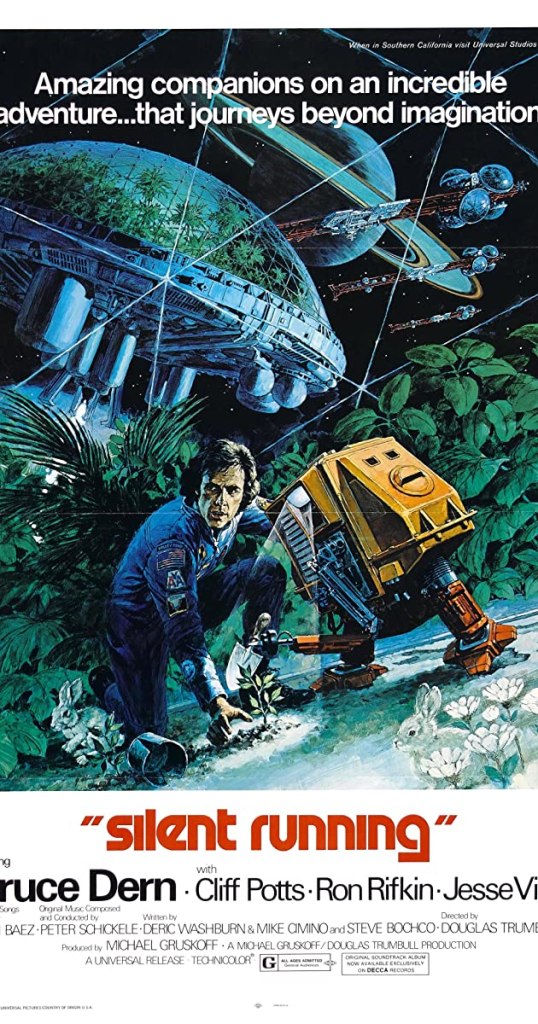I wrote in 2013 about an idea for graphene foam, comprised of tiny graphene spheres with vacuum inside, making a foam that would be lighter than helium and could float high up in the atmosphere:
Could graphene foam be a future Helium substitute?
A foam like that has since been prototyped and tested, and not only does it not immediately collapse, but can actually withstand high pressures. That means it could be made light enough to carry weight and strong (and rigid) enough to support architectural structures.
Since then I wrote about making long strips of the material to host solar powered linear induction motors to enable hypersonic air travel with zero emissions:
Sky-lines – The Solar Powered Future of Air Travel
and more recently about using such high altitude platforms as a subsitute for satellites:
High altitude platforms v satellites
Today, I have another idea – high altitude (e.g. 75,000ft, 25,000m) greenhouses. These could act as an alternative to space stations for the purpose of housing human communities in case of ground-based existential catastrophes such as global plagues or ecosystem collapse. Many scientists have realised that it’s a good idea to have multiple human outposts, and currently explored solutions include large space stations (as suggested by the Lifeboat Foundation) or Lunar and Mars settlements. By comparison, high altitude stations could be made considerably cheaper and larger, and still be immune to ground-based problems such as nuclear winter, pandemics, severe climate change etc, though they would still be vulnerable to other existential risks that affect ground-based life such as massive solar storms, nuclear war, large asteroid strikes, alien attacks. They might therefore form an important part of a ‘backup’ plan for human civilisation.

Imagine a forest-sized greenhouse. My inspiration for this idea is the 1970s film Silent Running (well worth watching), where the Earth has been made into a dystopian sterile world, 72F everywhere, with no plants or animals. The last fragments of rain forest were sent off into space in large domed greenhouses attached to a spacecraft, tended by a tiny crew and a few drones. More recently of course, we see the film Avatar featuring large floating islands covered in greenery.
A large floating graphene foam platform could support such a forest. It could be avatar island shaped if desired, but is more likely to be a flat platform covered in horticultural style poly-tunnels or some variant, but they would need to be strengthened, UV-resistant, and pressurised to provide a suitable atmosphere for a healthy ecosystem. Being well above the clouds, the greenhouses would have exposure to continuous sunshine during the day, which would help keep them warm, with solar power collection used to provide any extra heat and power needed and obviously to charge batteries for use during the night.
A variety of such greenhouses might be desirable. Some might closely replicate a ground environment, others that only house cereal crops might prefer a high CO2/low O2/low N environment, but might not mind being much lower pressure, useful to save cost and weight. Some aimed at human-only habitation might be more like a space station.
To act as a backup human colony, the full-ecosystem environments would be needed to provide food-diversity, but it would in any case be a worthwhile goal to act as an ark for other animals too, as well as the full variety of other life forms we share the Earth with.
Problems such as high radiation exposure would mean these would not be aimed at permanent residence for people or animals, but act more as temporary research outposts, staging posts for off-world evacuation. Plants and animals intended to be permanent residents might be genetically enhanced to deal with higher radiation.
I’ll finish here instead of outlining every conceivable use and design option and addressing every problem. It’s just an embryonic idea and we can’t do it for decades anyway because the materials are not yet feasible in bulk, so we have plenty of time to sort out the details.






